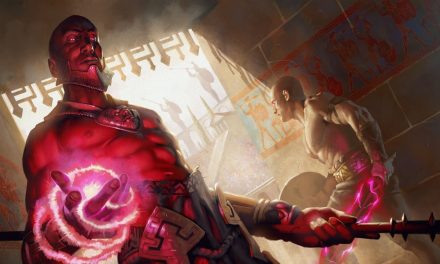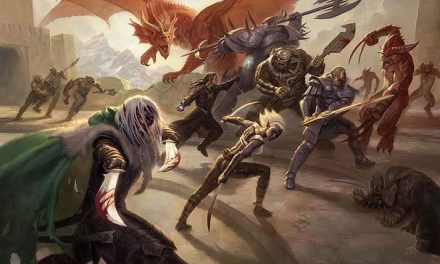With the power of their deity on their side, Clerics are an absolute powerhouse class.
Whether they’re tearing up the battlefield in melee combat or casting spells to blast enemies and support their allies, Clerics can do it all!
Clerics are as varied as the gods and goddesses themselves. Drawing on the power granted by whomever they have chosen to worship, Clerics choose a Divine Domain (subclass) right at level 1.
There is A BOATLOAD of Cleric subclasses to choose from in D&D 5e, though. With so many options, it can be easy to get overwhelmed…
But that’s where this article comes in!
After all, if you’re going to dedicate your life to serving a deity, you want to make sure they’re one of the really good ones!
In this article, we’re ranking every Cleric subclass in D&D 5e.
We will be touching on the theme and style of each Divine Domain. However, it doesn’t have an effect on these rankings.
Instead, we’re focusing on an “apples to apples” comparison. Specifically, we’re looking at each subclass’s mechanics, the impact it has on the game, and how powerful it is in general situations.
Which Cleric subclass will take the number 1 spot?
Find out now!
Number 14 – Nature Domain Cleric

Nature Clerics are a type of hybrid between the Cleric and Druid classes. I love the themes and flavor of the Nature Domain, but the mechanics leave a fair bit to be desired.
Now, I’m not necessarily saying that the Nature Cleric is bad. Realistically, there aren’t any “bad” subclasses on this list simply because the Cleric base class is so incredibly powerful.
But the Nature Cleric does find itself at the bottom of this list because its features don’t really do much to expand what the base Cleric class is capable of.
The high point for the Nature Cleric is their level 6 feature, Dampen Elements.
This lets you give elemental resistance to an ally as a reaction right before they take damage. Against enemies like dragons or spellcasters who favor certain elements, it’s an excellent feature!
But the key features of the Nature Cleric involve charming plants and beasts. At lower levels, it’s likely to be useful, but those types of creatures become much less common as you continue to level up.
The Nature Domain Cleric is not necessarily a bad choice, but it does take last place in this ranking.
Get in touch with your wild side with the full guide to the Nature Cleric!
Number 13 – War Domain Cleric

Few things prompt mortals to turn their eyes to the divine more than war.
When victory means getting to live another day and defeat means the fall of your entire nation, the stakes are certainly high enough to pray for some divine intervention!
It’s there among the ravages of war and on the front lines of an army or group of adventurers that the War Cleric is most comfortable.
Adorned in heavy armor, War Clerics combine spellcasting and combat prowess to defeat their enemies. Mix in some healing and buffs from the Cleric spell list and you’ve got a character who is geared to lead their party to glory!
In the lower levels, the War Cleric really stands out as a powerhouse.
The only reason the War Cleric finds itself lower in this ranking is that they just don’t scale as well as other Cleric subclasses.
After level 5, they start to feel underpowered in their role compared to the other martial characters in the party.
Mix in the War Domain spells’ reliance on concentration (which is much harder to maintain on the front lines in combat) and you get a subclass that seems to be sending a lot of mixed messages.
It’s not a terrible subclass, but other Divine Domains execute the idea of a front-line melee Cleric much better.
Lead your party to victory with the full guide to the War Cleric!
Number 12 – Arcana Domain Cleric
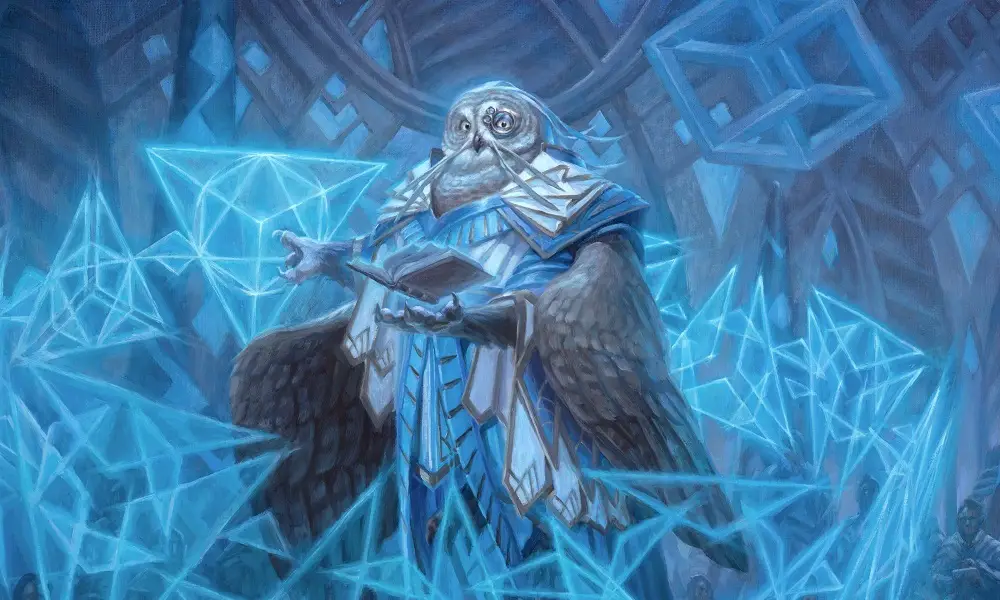
Magic is an incredibly powerful force, so it only makes sense that there would be deities who rule over it. The priests who serve these deities are Arcana Clerics.
Arcana clerics are very bookish and study the workings of magic with all the same intensity that a Wizard would.
Naturally, the Arcana Cleric is very focused on their role as a spellcaster within the party. They gain a solid list of bonus spells borrowed from the Wizard’s spell list that they can use alongside the already impressive Cleric spell list.
Of course, the real draw to the Arcane Domain is its capstone feature, Arcane Mastery. This feature lets you gain four bonus spells (one each of levels 6, 7, 8, and 9) from the Wizard spell list.
With the most powerful spells in the game being found between the Cleric and Wizard spell lists, this means you’re getting the best spells in all of D&D 5e!
However, the downside is that Arcana Clerics must be patient and play the long game. They don’t really hit their stride until the later levels which can most of the early levels feel like a grind.
In a high-level campaign, the Arcana Cleric would rank much higher on this list. However, since we’re taking a general look at the Cleric subclasses, it ranks here.
Become a master of magic with the full guide to the Arcana Cleric!
Number 11 – Death Domain Cleric
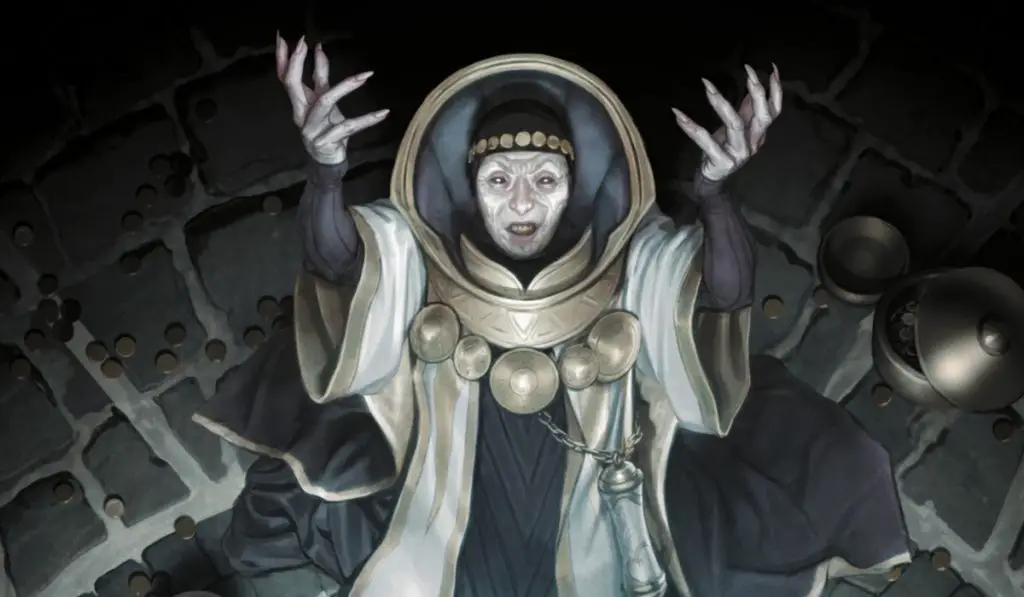
Primarily intended as a Cleric subclass for villainous NPCs, the Death Domain is nevertheless still an option for Clerics.
These are Clerics who have fallen to the dark side for one reason or another. They might have turned to worshiping evil deities in hopes of gaining power, wealth, or something else.
Death, poisons, destruction, and suffering are all forces that the Death Cleric reveres. These Clerics seek to corrupt and extinguish life and have a strong affinity for necromancy magic.
In combat, Death Clerics mix melee attacks with spellcasting to terrifying effect. Their spells weaken enemies and create undead allies while their attacks are buffed to deal extra necrotic damage that ignores their targets’ resistances.
The Death Cleric does face an issue similar to the Arcana Cleric, though. The early levels don’t offer much, but they eventually start to hit their stride.
In the case of the Death Cleric, they do hit that stride sooner, though. Once you’re in the mid-levels, it all starts coming together.
While the Death Domain is probably best left for villainous NPCs, you can’t say that it doesn’t make a compelling argument!
Embrace the darkness with the full guide to the Death Cleric!
Number 10 – Knowledge Domain Cleric

Knowledge truly is power and the deities that preside over the Knowledge Domain value learning above all else.
Knowledge Clerics can commonly be found in large libraries and will frequently work as researchers, librarians, professors, or recordkeepers.
Because they tend to frequent the same places, Clerics of the Knowledge and Arcana Domains are known to share and compare notes in intellectual conversations.
The quickest way to get a Knowledge Cleric’s attention is to present them with new information. While conventional wisdom might tell us that “nobody likes a know-it-all”, the Knowledge Cleric proves that wrong by either knowing the answer to a problem or at least where to get it!
These characters work best in campaigns with lots of intrigue, mysteries, and interaction. Their features greatly gear them towards being able to gather information and build influence in the game world.
Additionally, Knowledge Clerics are great at knowing exactly what they need to do at exactly the right moment. This could be suddenly gaining proficiency in a skill or reading the thoughts of others.
In fact, the Knowledge Cleric’s capstone feature lets them conjure visions of events that happened in a space or with an object. That feature alone can solve entire mysteries or form the basis for the party’s strategy when they go up against the campaign’s BBEG!
Unlock the mysteries of the universe with the full guide to the Knowledge Cleric!
Number 9 – Trickery Domain Cleric
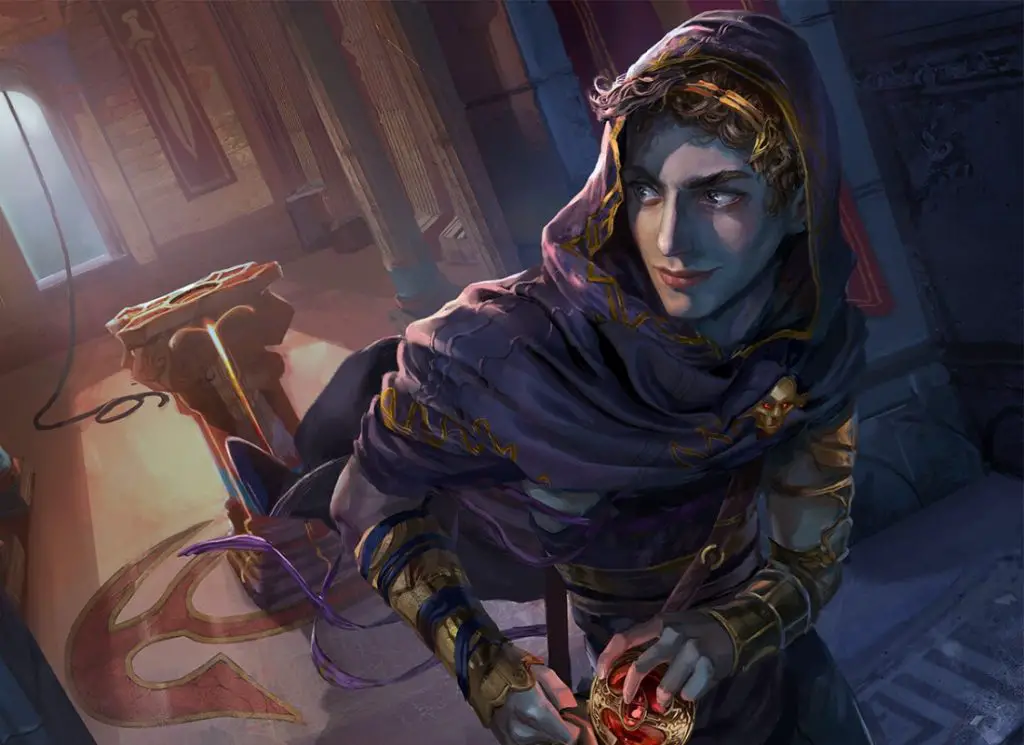
Who says Clerics have to be stuffy and judgmental?
Trickery Clerics revel in mischief, pranks, and chaos. The deities that they worship cover a wide spectrum of luck, revelry, thievery, and humor.
Where the Trickery Cleric really shines is just how much the subclass empowers creative players. If you’re the type to enjoy poking at the game world and instigating situations and scenes, the Trickery Domain just might be for you!
Trickery Clerics get a ton of great spells, but their Invoke Duplicity feature takes the cake!
Invoke Duplicity lets the Trickery Cleric make illusory copies of themselves to distract and confuse enemies. Even better, the Cleric can cast spells from their Duplicate which opens up all kinds of tactical plays.
Eventually, the Trickery Cleric can summon four of these clones to cause maximum chaos.
All in all, the Trickery Domain is pretty underrated because it’s such a different take on what a Cleric is. The only reason that it’s not in the upper tier of this ranking is that there’s a steep learning curve to play a Trickery Cleric well.
For someone who has a deep familiarity with the D&D 5e system, the options with the Trickery Cleric are virtually limitless! Otherwise, it’s much harder to make it work at its full potential.
Spread chaos and confusion with the full guide to the Trickery Cleric!
Number 8 – Order Domain Cleric
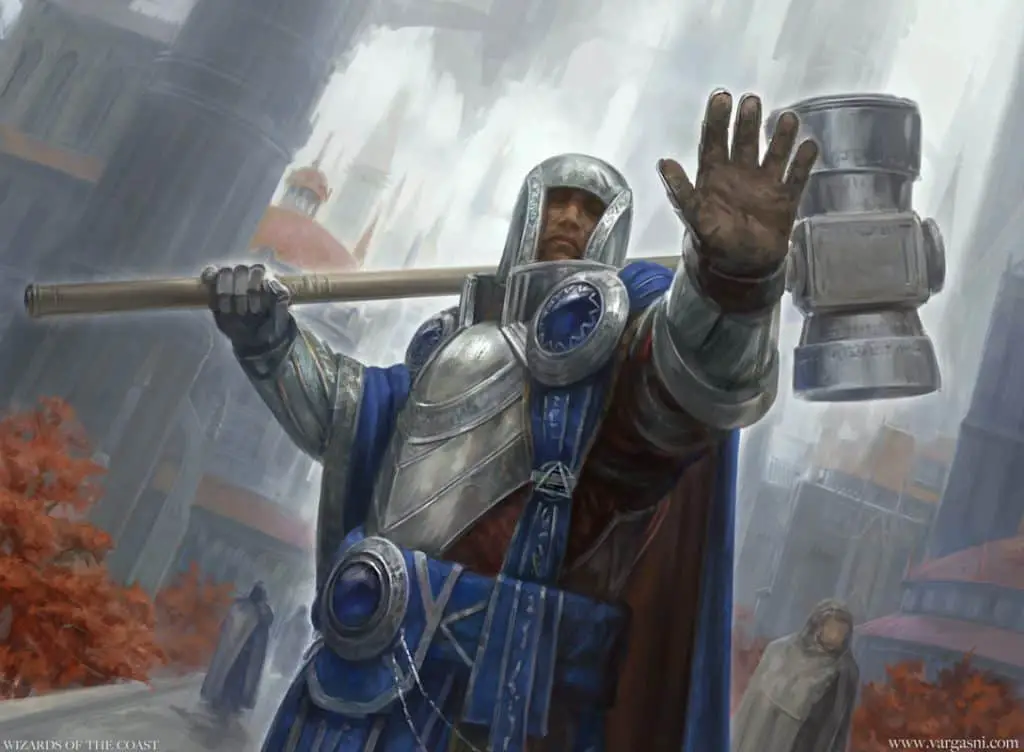
Where the Trickster Cleric represents all that is chaos, the Order Cleric represents all that is lawful.
Order Clerics revere the law of the land and the deities that symbolize lawfulness above all else. They believe in clear social structures and are sworn to uphold and enforce the law as necessary.
The spells on the Order Cleric’s spell list focus on shutting down or restraining enemies while creating openings for the rest of the party.
Standing in heavy armor on the party’s front lines, the Order Cleric makes for an excellent shot-caller for the party. Their spells and Channel Divinity can restrain/charm/disarm enemies while features like Voice of Authority grant a chosen party member an extra attack.
Taken as a whole, I actually really like the Order Cleric much more than I had originally expected to when it first came out.
However, it relies very heavily on the type of players that are at the table with you.
If your group favors a lot of strategy and tactics in combat, the Order Cleric makes for an excellent quarterback. On the other hand, they become way less effective if the party doesn’t work together in a strategic manner.
The Order Cleric is great, but they’re at their best when things have a clear plan of action.
Lay down the law with the full guide to the Order Cleric!
Number 7 – Light Domain Cleric

With an earth-shattering kaboom, the Light Cleric joins our ranking!
Much like the sun can allow life to grow or burn everything to cinders, so it goes with the Light Cleric!
Light Clerics are capable of putting out some incredible blast damage. As expected, they focus heavily on fire and radiant damage while blasting enemies with beams of light and fireballs.
The Light Domain spell list is a huge reason to choose this subclass, especially if you want to play more of a blaster. But the features you gain are also simply excellent.
Warding Flare is arguably the star of the show. Used as a reaction when an enemy is attacking, you can impose disadvantage on their attack roll!
But don’t forget that the Cleric spell list is incredibly powerful!
While you’re gaining blasting potential from the Wizard spell list, you’ve still got plenty of options for ways to heal and buff your team from the Cleric spell list.
As far as a “blaster” type Cleric goes, this has everything you could want. Though it’s probably still a good idea to pick up the Elemental Adept feat so you don’t have to worry about enemies resisting your fire damage.
Shine bright and blast your foes with the full guide to the Light Cleric!
Number 6 – Grave Domain Cleric
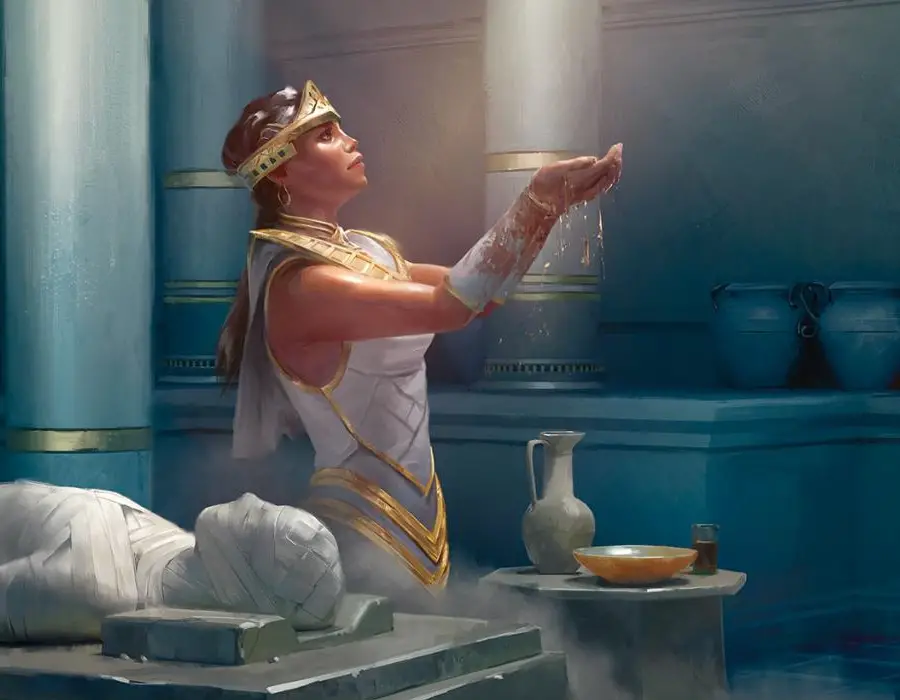
Not to be confused with the Death Cleric, the Grave Cleric stands in the balance between life and death. They lead with compassion but also know when someone or something’s time has come.
Grave Clerics focus heavily on spellcasting, particularly healing their allies and debuffing enemies.
Their Circle of Mortality feature is excellent for healing allies who have dropped to zero hit points. When that’s the case, your healing spells heal for maximum value!
Not to cheapen the experience, they can just deny critical hits against themselves or their party members with their level 6 feature.
That just might be my favorite feature from any of the Cleric subclasses!
Oh, and their special use of Channel Divinity makes the enemy vulnerable to the next damage it takes. Since your ally will be dealing double damage, that’s the perfect time for a Sneak Attack or Divine Smite to deal some mind-blowing damage!
There’s so much to love about the Grave Cleric. Theme, spells, features… it’s got so much working for it!
I must confess that this is quite likely my personal favorite Divine Domain.
While it pains me to put it this far down in the ranking, take that as a sign of how great this and the rest of the subclasses are!
Harness the powers of life and death with the full guide to the Grave Cleric!
Number 5 – Tempest Domain Cleric

Some deep, primal part of our minds is hardwired to be fearful of storms. The Tempest Cleric can assure you that that is for good reason!
The deities who rule over storms and seas are known to be fickle and prone to bouts of destruction. When their wrath has been provoked, entire cities can be washed to the sea’s floor.
The Tempest Cleric worships and reveres the power of these deities.
Good Tempest Clerics might work as an emissary between these deities and the people of a coastal region or ship’s crew. Others might seek to spread the fear of such deities far and wide to expand their influence beyond the waters.
Whatever the case may be, Tempest Clerics are remarkably strong and durable. They mix their melee strength with huge spells that can wreak havoc on huge chunks of the battlefield.
Lightning and Thunder damage is the focus of this subclass. While there isn’t a huge amount of spells to choose from that deal these types of damage, you’ll still have plenty of options for wrecking your enemies!
Furthermore, enemies who get too close to the Tempest Cleric will find themselves shocked and knocked away.
If you like a very aggressive playstyle that mixes melee combat and AoE spells, the Tempest Cleric might be for you!
Your enemies will soon learn that to stand against a Tempest Cleric is to stand against the storm itself!
Become the mighty storm with the full guide to the Tempest Cleric!
Number 4 – Peace Domain Cleric
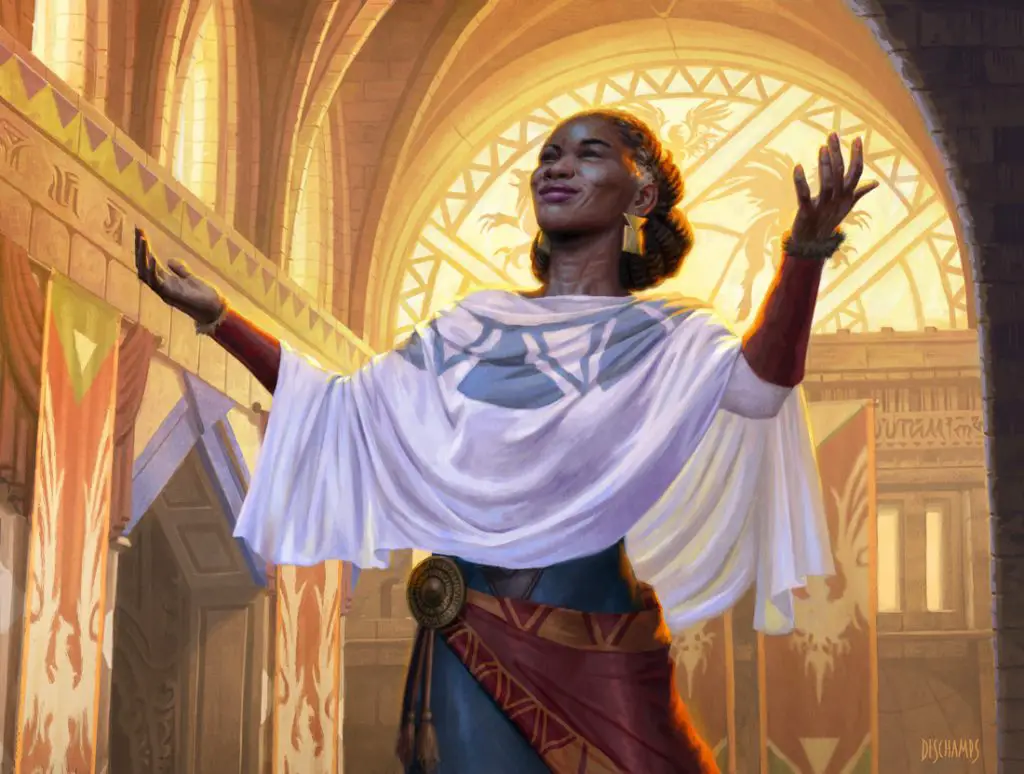
With a message of peace, love, and understanding, we come to the Peace Cleric!
Progress comes from peace between neighbors and nations. The bonds formed between people allow them to each grow as they understand more about each other.
But, as it just so happens, these bonds just might have other benefits too…
Peace Clerics put a heavy focus on healing, buffing, and protecting their allies. But the greatest tool in the Peace Cleric’s arsenal is the ability to bond characters together.
When bonded creatures are within 30 feet of each other, they gain bonuses to their attack rolls, ability checks, and saving throws.
Once you hit level 6, creatures can use these bonds to teleport and take damage for each other. Once you get the Peace Cleric’s capstone feature, the range doubles to 60 feet and the damage that a creature takes for someone they’re bonded to is halved.
I absolutely love everything about the Peace Cleric. As they continue to level up, they are able to create bonds with more allies while those bonds also get stronger.
In fact, the impact that a Peace Cleric can have on a game is simply staggering.
If a party is good at working together and juggling damage with the Peace Cleric’s bonds, the Dungeon Master will have to completely rethink how they build encounters.
As it turns out, we could definitely use more peace!
Make and empower friends with the full guide to the Peace Cleric!
Number 3 – Life Domain Cleric
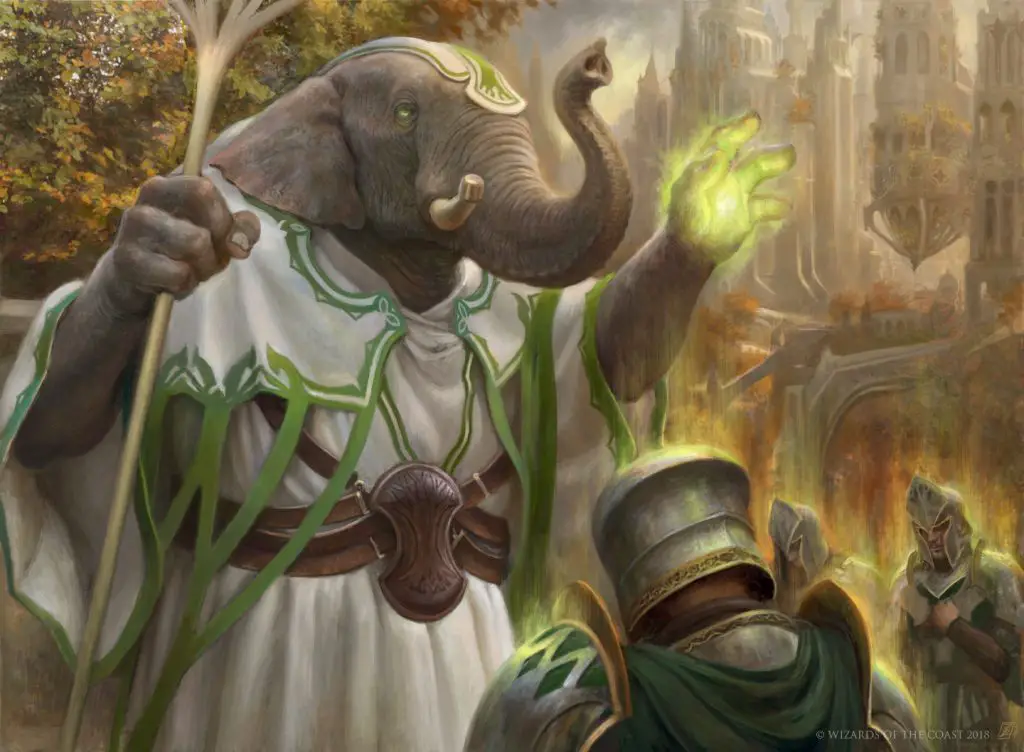
It would have to be an outright sin to not include the Life Cleric in the top 3!
The Life Cleric is the very essence of what a healer is. When people hear the word “Cleric” it’s the Life Domain that most immediately comes to mind for most people.
For good reason, too!
When it comes to healing, the Life Cleric is the undisputed G.O.A.T.
Even (or should I say “especially”?) in the most dangerous situations, Life Clerics can pump out enough healing to keep their allies in the fight.
In many ways, if the party gets wiped while having a Life Cleric in the group, it might have been an unwinnable fight.
Or everyone’s dice just need to go straight to dice jail.
Maybe both?
But anyways, Life Clerics wear heavy armor which means that they don’t have to stick to the party’s backline. Instead, they can be right up front where their healing talents are needed most!
They’ve got excellent spells for healing and buffing allies and several features that just put their healing ability over the top. Not only are they putting out more healing, but they’re also doing so with incredible efficiency!
It’s no exaggeration to say that a Life Cleric can singlehandedly turn an entire combat around.
In most games, being a healer can feel like a thankless job. Rest assured, however, that your party will never stop singing your praises as a Life Cleric!
Keep your party alive with the full guide to the Life Cleric!
Number 2 – Forge Domain Cleric
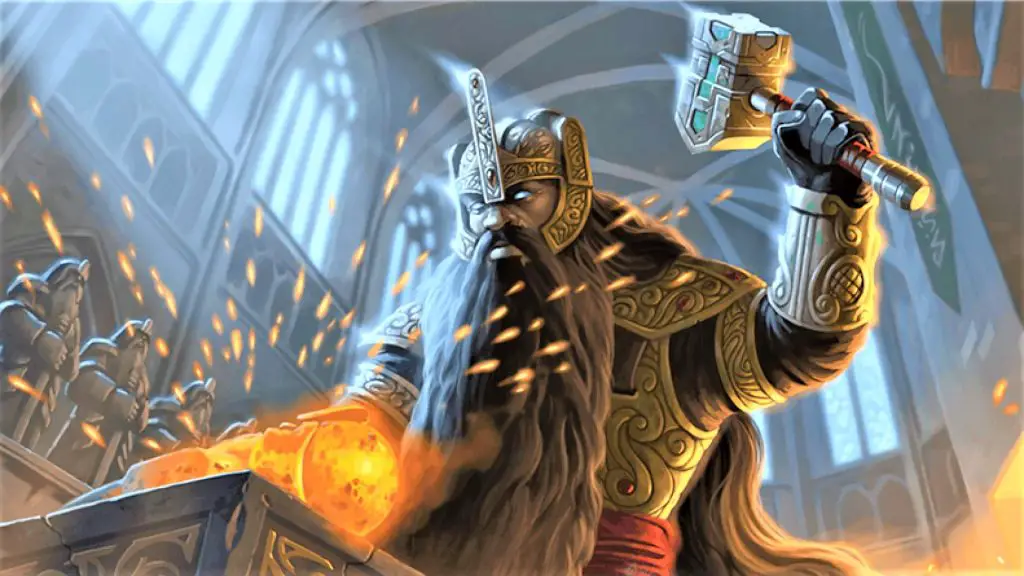
There’s no substitution for truly innovative craftsmanship.
A single divine spark of inspiration and guidance in the hands of an artisan can build entire cities that become marvels in their own right!
That is where the Forge Cleric comes in.
I almost don’t even know where to start with this subclass. There is so much going on and it’s all just purely amazing!
First things first, your Channel Divinity option (Artisan’s Blessing) lets you magically create metallic nonmagical items. You’ll never be without a weapon, armor, ammunition, tools, or whatever else you can think of.
In the hands of a creative player, Artisan’s Blessing is infinitely useful.
But the Forge Cleric is also an absolute tank in combat!
Blessing of the Forge lets you add a +1 to either a weapon or armor while Soul of the Forge gives you an extra +1 AC while wearing heavy armor.
By the time you get the Forge Cleric’s capstone, you’re immune to fire damage, have resistance to nonmagical melee damage, and are basically an unstoppable tank.
What really makes the Forge Cleric invaluable to a party is their mix of utility and offensive power. If there’s a situation that you can’t engineer yourself out of, you’ll have no difficulty smashing your way through it!
Turn up the heat with the full guide to the Forge Cleric!
Number 1 – Twilight Domain Cleric

Taking the top spot in this ranking we have the Twilight Cleric.
Oh boy, here we go!
While the theme isn’t a factor in the ranking, the Twilight Domain’s theme is still seriously cool. They’re vigilant defenders of those around them who function as a lantern to ward off the darkness.
But mix in the incredible mechanics and features offered by the Twilight Domain and you get a Cleric subclass so good that it’s nearly broken.
By the way, when I say “broken”, I mean that I’ve seen/heard countless DMs say that they aren’t allowing Twilight Clerics in their game. While I think that’s excessive, it does show how powerful these Clerics are!
Twilight Clerics are proficient with heavy armor and martial weapons which means they can stand on the party’s front lines. But their features and spells focus them on supporting and rallying their allies where they’re needed most.
Right out of the gate, you’ve got darkvision out to 300 feet (versus the normal 60) and can share that with your allies. Additionally, you can give one member of your party (including yourself) advantage on their initiative rolls.
But the coolest feature is the Twilight Cleric’s use of Channel Divinity, Twilight Sanctuary.
This feature lets you light a 30-foot radius around you, passively hand out temporary hit points to your allies like there’s no tomorrow, and end charm/fear effects on your party members.
Oh, and those temporary hit points also scale as you level which keeps this viable throughout your entire campaign. As you level up, your Twilight Sanctuary helps you fly and also provides cover to yourself and your allies.
The Twilight Domain completely redefines what Clerics are capable of in the best way possible!
Stand vigilant against the darkness with the full guide to the Twilight Cleric!
Conclusion – Ranking Every Cleric Subclass in D&D 5e
This is certainly the most intense of the subclass rankings I’ve done to date. There are so many Cleric subclasses that it was very difficult to rank them and justify why they landed where they did.
However, it just shows how Clerics aren’t the “one size fits all” class that people sometimes tend to view them as.
And, as a reminder, there aren’t any Cleric subclasses that I would say are bad. The base Cleric class is so strong that even the weaker subclasses are still very viable.
Some are certainly better than others given the criteria for this ranking, but a Cleric of any domain has the potential to be your next favorite character!
But what are your thoughts? Would you rank the subclasses differently? Let’s chat in the comments!
Want all the latest player guides, DM tips, news, reviews, and more for D&D 5e? Sign up for the Tabletop Joab newsletter below!
You can also follow me on Facebook and Twitter.
If you found this article helpful and want to support the site, you can buy me a coffee here! (It’s not expected, but very appreciated!)
You can find Knowledge, Life, Light, Nature, Tempest, Trickery, and War Domain Clerics in the Player’s Handbook.
The Grave Domain and Forge Domain Clerics are in Xanathar’s Guide to Everything.
Find the Twilight Domain, Order Domain, and Peace Domain Clerics in Tasha’s Cauldron of Everything.
The Arcana Domain Cleric appears in the Sword Coast Adventurer’s Guide.
You can find the Death Domain Cleric near the back of the Dungeon Master’s Guide.




